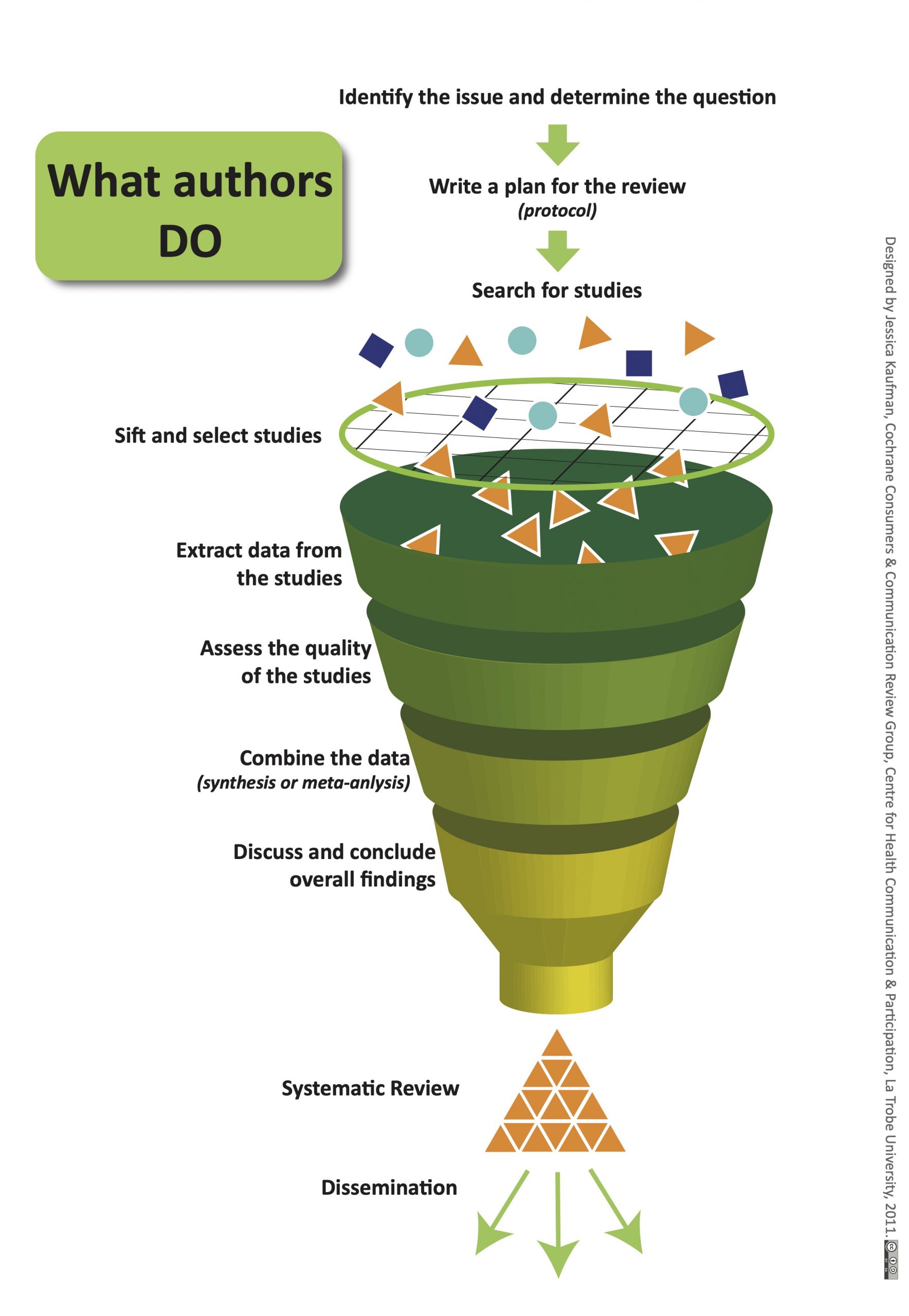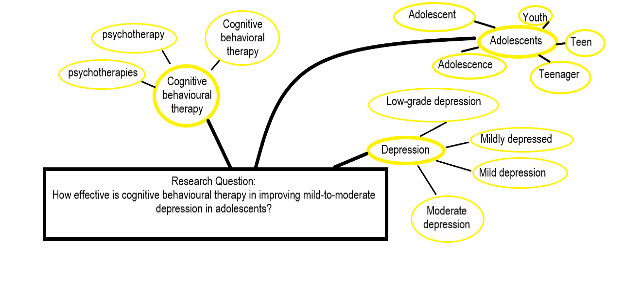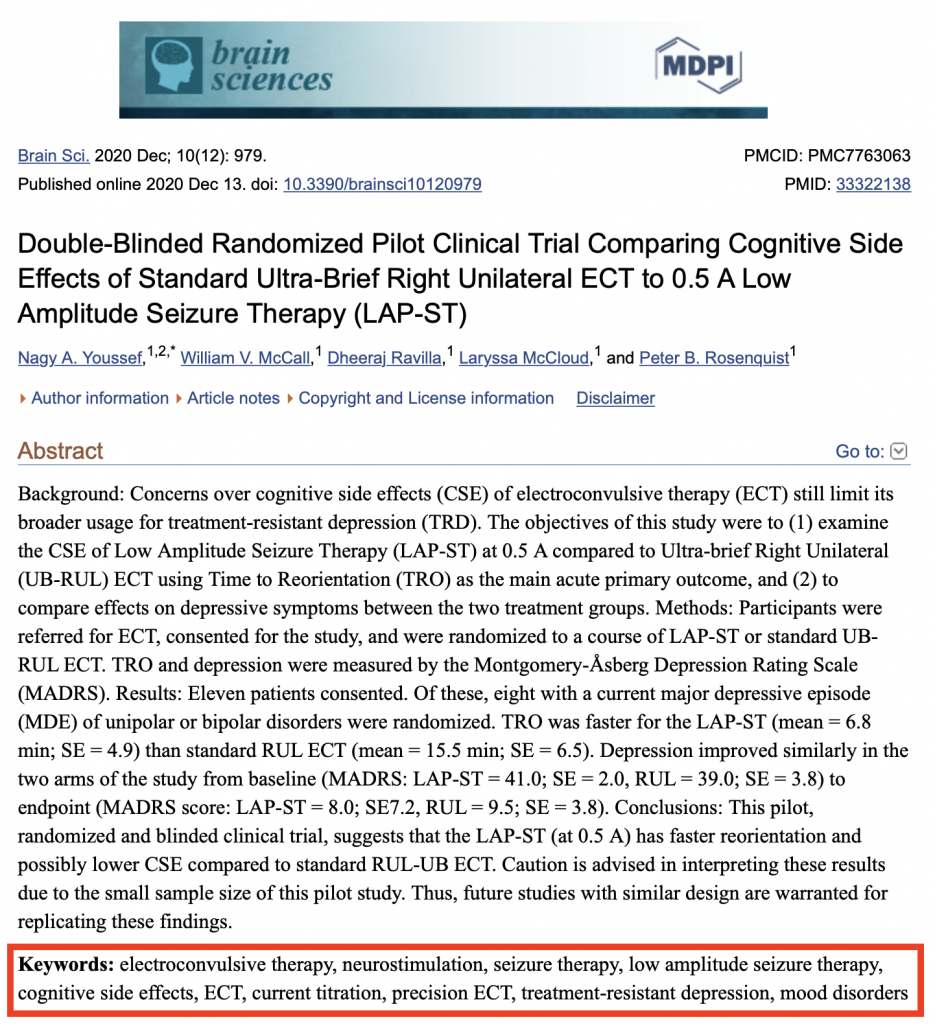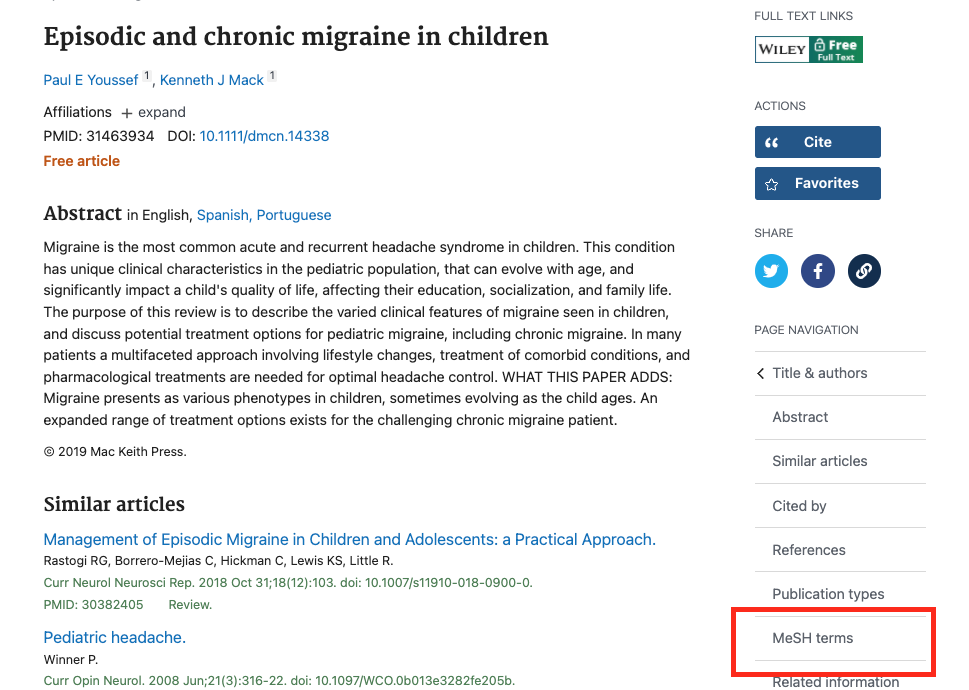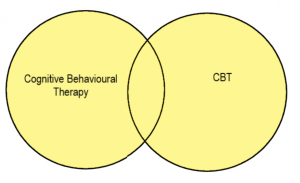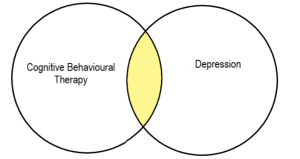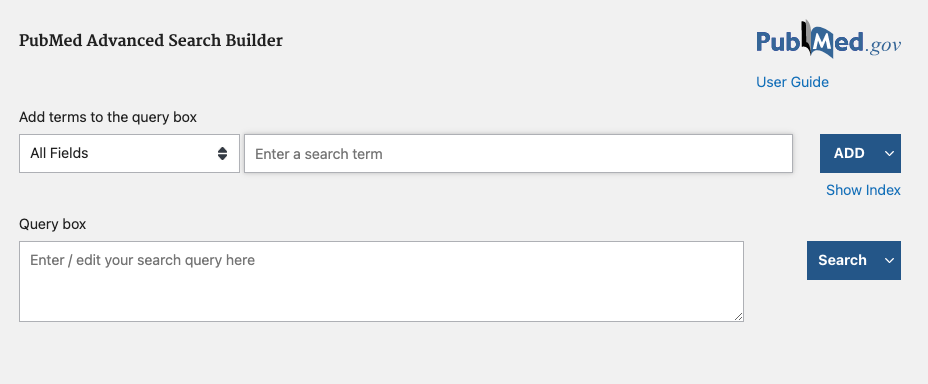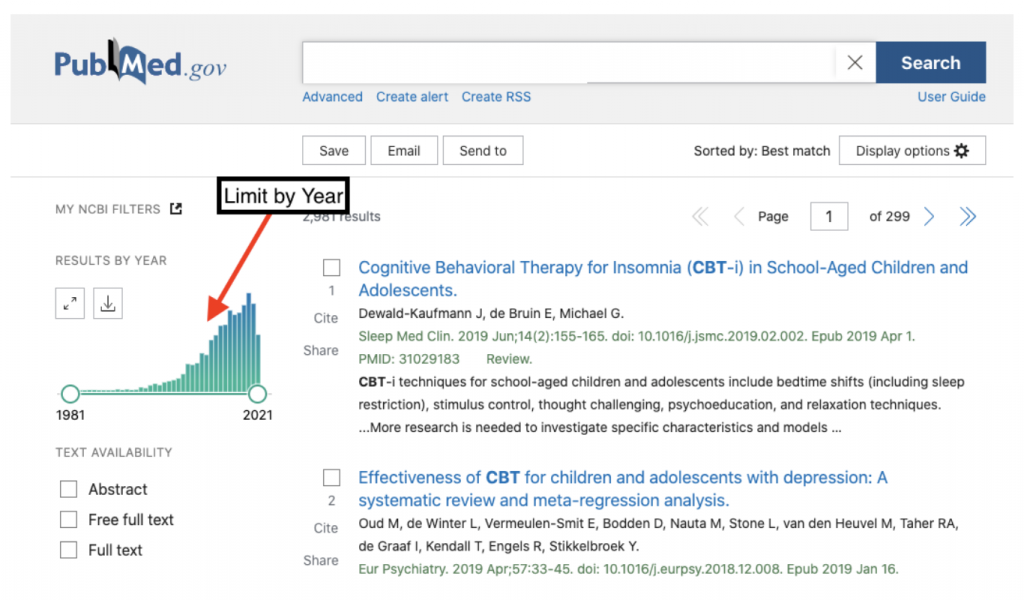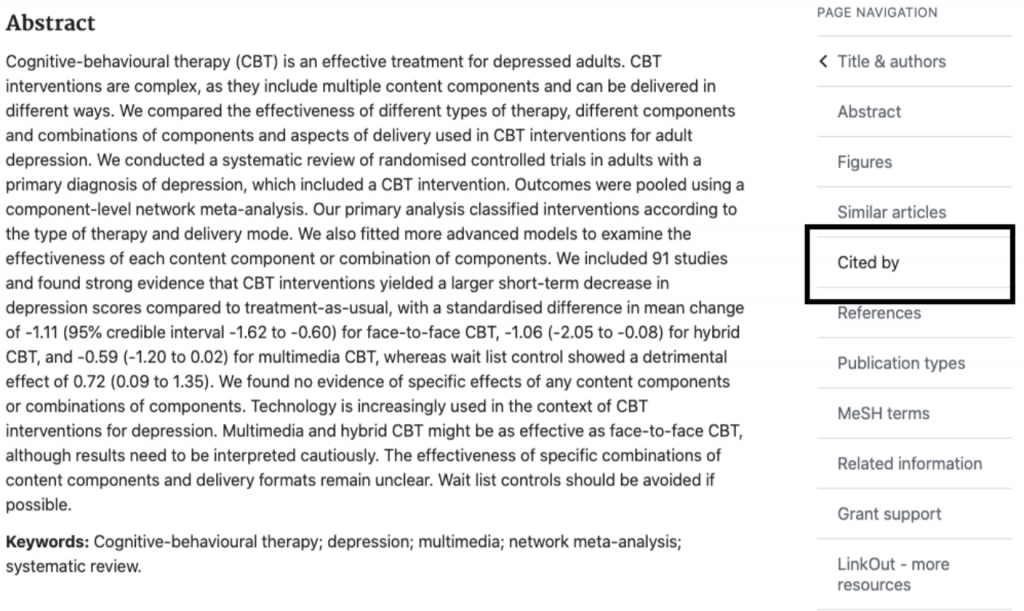Literature Review – More Resources to Keep You Going
47
How to Conduct a Literature Review
Aveyard, H. (2019). Doing a literature review in health and social care: A practical guide (Fourth ed.) Open University Press, McGraw-Hill Education.
Jesson, J., Matheson, L., & Lacey, F. M. (2011). Doing your literature review: Traditional and systematic techniques. SAGE.
Ridley, D., Dr. (2008). The literature review: A step-by-step guide for students. SAGE.
Websites
Constructing a Research Question
Alvesson, M., & Sandberg, J. (2013). Constructing research questions: Doing interesting research. SAGE.
DeCarlo, M (2018) Chapter 8: Creating and refining a research question in Scientific Inquiry in Social Work. Open Social Work Education. https://scientificinquiryinsocialwork.pressbooks.com/
Denney, A. S., & Tewksbury, R. (2013). How to Write a Literature Review. Journal of Criminal Justice Education, 24(2), 218–234. https://doi.org/10.1080/10511253.2012.730617
How to Search
Videos
The National Library of Medicine (2013, February 14). Use MeSH to Build a Better PubMed Query [Video]. YouTube. https://www.youtube.com/watch?v=uyF8uQY9wys
UTS Library (2021, February 23). Medline Ovid: Advanced Searching [Video]. YouTube https://www.youtube.com/watch?v=6QQ0MW_jXfM
Websites
Reading Strategies
Greenhalgh T. (1997). How to read a paper. Getting your bearings (deciding what the paper is about). BMJ (Clinical research ed.), 315(7102), 243–246. https://doi.org/10.1136/bmj.315.7102.243
Sweeney, M. “How to Read for Grad School.” Miriam E. Sweeney, 20 June 2012, https://miriamsweeney.net/2012/06/20/readforgradschool/.
Quality Assessment
Greenhalgh T. (1997). Assessing the methodological quality of published papers. BMJ (Clinical research ed.), 315(7103), 305–308. https://doi.org/10.1136/bmj.315.7103.305
Greenhalgh, T., & Taylor, R. (1997). Papers that go beyond numbers (qualitative research). BMJ (Clinical research ed.), 315(7110), 740–743. https://doi.org/10.1136/bmj.315.7110.740
Checklists and Tools
Writing
Allen, J. (2019). The productive graduate student writer: How to manage your time, process, and energy to write your research proposal, thesis, and dissertation, and get published (First ed.). Stylus Publishing, LLC.
Denney, A. S., & Tewksbury, R. (2013). How to Write a Literature Review. Journal of Criminal Justice Education, 24(2), 218–234. https://doi.org/10.1080/10511253.2012.730617
Feak, C. B., & Swales, J. M. (2009). Telling a research story: Writing a literature review. University of Michigan Press.
Holland, K., & Watson, R. (2021). Writing for publication in nursing and healthcare: Getting it right (Second;2; ed.). John Wiley & Sons Ltd.
Walliman, N. (2006). Writing a literature review. In Social research methods (pp. 182-185). SAGE Publications, Ltd,
Website
Official Citation Manuels
APA
American Psychological Association (2020). Publication Manual of the American Psychological Association: The official guide to APA style (Seventh ed.). American Psychological Association.
MLA
Modern Language Association of America. (2021). MLA handbook (Ninth ed.). Modern Language Association of America.
Turabian (Chicago)
Turabian, Booth, W. C., Colomb, G. G., & Williams, J. M. (2018). Manual for Writers of Research Papers, Theses, and Dissertations (9th edition.). University of Chicago Press.
IEEE
IEEE (n.d). IEEE Reference Guide. https://ieeeauthorcenter.ieee.org/wp-content/uploads/IEEE-Reference-Guide.pdf
Vancouver or ICMJE
International Committee of Medical Journal Editors. (2021, December). Recommendations for the Conduct, Reporting, Editing, and Publication of Scholarly Work in Medical Journals. http://www.icmje.org/icmje-recommendations.pdf
Systematic Review – More Resources to Keep You Going
48
How to Conduct a Systematic Review
Arksey, H., & O’Malley, L. (2005). Scoping studies: Towards a methodological framework. International Journal of Social Research Methodology, 8(1), 19-32. doi:10.1080/1364557032000119616
Boland, A., Cherry, M. G., & Dickson, R. (2014). Doing a systematic review: A student’s guide. SAGE.
Ganann, R., Ciliska, D., & Thomas, H. (2010). Expediting systematic reviews: Methods and implications of rapid reviews. Implementation Science, 5(1), 56-56. doi:10.1186/1748-5908-5-56
Glass, G. (1976). Primary, Secondary, and Meta-Analysis of Research. Educational Researcher, 5(10), 3-8. doi:10.2307/1174772
Gough, D., & Richardson, M. (2018). Systematic reviews. In Advanced research methods for applied psychology (pp. 63-75). Routledge.
Grant, M. J., & Booth, A. (2009). A typology of reviews: an analysis of 14 review types and associated methodologies. Health information & Libraries Journal, 26(2), 91-108. https://doi.org/10.1111/j.1471-1842.2009.00848.x
Higgins J.P.T, Thomas J, Chandler J, Cumpston M, Li T, Page M.J, Welch V.A. (Eds). (2021, February). Cochrane Handbook for Systematic Reviews of Interventions version 6.2. Cochrane. www.training.cochrane.org/handbook.
Websites
Online Courses on Systematic Reviews
The following guide provides a list of online self-directed learning on how to conduct a systematic review
Online Courses on Systematic Reviews (St. Michael’s Hospital Health Science Library)
Registering Your Systematic Review
Creating Your Protocol
Documenting Your Review with PRISMA
Constructing a Research Question
Alvesson, M., & Sandberg, J. (2013). Constructing research questions: Doing interesting research. SAGE.
Boland, A., Cherry, M. G., & Dickson, R. (2017). Chapter 3 in Doing a systematic review: A student’s guide (Second ed.). SAGE.
DeCarlo, M (2018) Chapter 8: Creating and refining a research question in Scientific Inquiry in Social Work. Open Social Work Education. https://scientificinquiryinsocialwork.pressbooks.com/
Denney, A. S., & Tewksbury, R. (2013). How to Write a Literature Review. Journal of Criminal Justice Education, 24(2), 218–234. https://doi.org/10.1080/10511253.2012.730617
Thomas J, Kneale D, McKenzie JE, Brennan SE, Bhaumik S. (2021, February). Chapter 2: Determining the scope of the review and the questions it will address. In Higgins J.P.T, Thomas J, Chandler J, Cumpston M, Li T, Page M.J, Welch V.A. (Eds). Cochrane Handbook for Systematic Reviews of Interventions version 6.2. Cochrane. https://training.cochrane.org/handbook/current/chapter-02
How to Search
Lefebvre C, Glanville J, Briscoe S, Littlewood A, Marshall C, Metzendorf M-I, Noel-Storr A, Rader T, Shokraneh F, Thomas J, Wieland LS. (2021, February). Chapter 4: Searching for and selecting studies.In Higgins J.P.T, Thomas J, Chandler J, Cumpston M, Li T, Page M.J, Welch V.A. (Eds). Cochrane Handbook for Systematic Reviews of Interventions version 6.2. Cochrane. https://training.cochrane.org/handbook/current/chapter-04
Sayers, A. (2008). Tips and tricks in performing a systematic review. British Journal of General Practice, 58(547), 136-136. https://www.ncbi.nlm.nih.gov/pmc/articles/PMC2151802/
CADTH Search Filters Database: https://searchfilters.cadth.ca/
Videos
Websites
Screening
Lefebvre C, Glanville J, Briscoe S, Littlewood A, Marshall C, Metzendorf M-I, Noel-Storr A, Rader T, Shokraneh F, Thomas J, Wieland LS. (2021, February). Chapter 4: Searching for and selecting studies. In Higgins J.P.T, Thomas J, Chandler J, Cumpston M, Li T, Page M.J, Welch V.A. (Eds). Cochrane Handbook for Systematic Reviews of Interventions version 6.2. Cochrane. https://training.cochrane.org/handbook/current/chapter-04
(see See section 4.6 Selecting Studies)
Reading Strategies
Greenhalgh T. (1997). How to read a paper. Getting your bearings (deciding what the paper is about). BMJ (Clinical research ed.), 315(7102), 243–246. https://doi.org/10.1136/bmj.315.7102.243
Sweeney, M. “How to Read for Grad School.” Miriam E. Sweeney, 20 June 2012, https://miriamsweeney.net/2012/06/20/readforgradschool/.
Bias and Quality Assessment
Boutron I, Page MJ, Higgins JPT, Altman DG, Lundh A, Hróbjartsson A. (2021, February). Chapter 7: Considering bias and conflicts of interest among the included studies. In Higgins J.P.T, Thomas J, Chandler J, Cumpston M, Li T, Page M.J, Welch V.A. (Eds). Cochrane Handbook for Systematic Reviews of Interventions version 6.2. Cochrane. https://training.cochrane.org/handbook/current/chapter-07
Greenhalgh T. (1997). Assessing the methodological quality of published papers. BMJ (Clinical research ed.), 315(7103), 305–308. https://doi.org/10.1136/bmj.315.7103.305
Greenhalgh, T., & Taylor, R. (1997). Papers that go beyond numbers (qualitative research). BMJ (Clinical research ed.), 315(7110), 740–743. https://doi.org/10.1136/bmj.315.7110.740
Keenan, C. (2018, April 18). Assessing and addressing bias in systematic reviews. Meta-Evidence Blog, Campbell Collaboration, UK & Ireland. http://meta-evidence.co.uk/assessing-and-addressing-bias-in-systematic-reviews/
Checklists and Tools for Quality Assessment
Websites for Quality Assessment
Tools for Assessing Bias
- ROBIS – A tool for assessing the risk of bias in systematic reviews
- AMSTAR2 – AMSTAR stands for A MeaSurement Tool to Assess Systematic Reviews.
Analyzing Data
Card, N. A., & Little, T. D. (2012). Applied meta-analysis for social science research. Guilford Press.
Cheung, M. W. -., & Vijayakumar, R. (2016). A guide to conducting a meta-analysis. Neuropsychology Review, 26(2), 121-128. https://doi.org/10.1007/s11065-016-9319-z
Li T, Higgins JPT, Deeks JJ (editors). Chapter 5: Collecting data. In: Higgins JPT, Thomas J, Chandler J, Cumpston M, Li T, Page MJ, Welch VA (editors). Cochrane Handbook for Systematic Reviews of Interventions version 6.2 (updated February 2021). Cochrane, 2021. https://training.cochrane.org/handbook/current/chapter-05
Writing
Allen, J. (2019). The productive graduate student writer: How to manage your time, process, and energy to write your research proposal, thesis, and dissertation, and get published (First ed.). Stylus Publishing, LLC.
Holland, K., & Watson, R. (2021). Writing for publication in nursing and healthcare: Getting it right (Second;2; ed.). John Wiley & Sons Ltd.
Boland, A., Cherry, M. G., & Dickson, R. (2014). Doing a systematic review: A student’s guide. SAGE.
Official Citation Manuels
APA
American Psychological Association (2020). Publication Manual of the American Psychological Association: The official guide to APA style (Seventh ed.). American Psychological Association.
MLA
Modern Language Association of America. (2021). MLA handbook (Ninth ed.). Modern Language Association of America.
Turabian (Chicago)
Turabian, Booth, W. C., Colomb, G. G., & Williams, J. M. (2018). Manual for Writers of Research Papers, Theses, and Dissertations (9th edition.). University of Chicago Press.
IEEE
IEEE (n.d). IEEE Reference Guide. https://ieeeauthorcenter.ieee.org/wp-content/uploads/IEEE-Reference-Guide.pdf
Vancouver or ICMJE
International Committee of Medical Journal Editors. (2021, December). Recommendations for the Conduct, Reporting, Editing, and Publication of Scholarly Work in Medical Journals. http://www.icmje.org/icmje-recommendations.pdf








